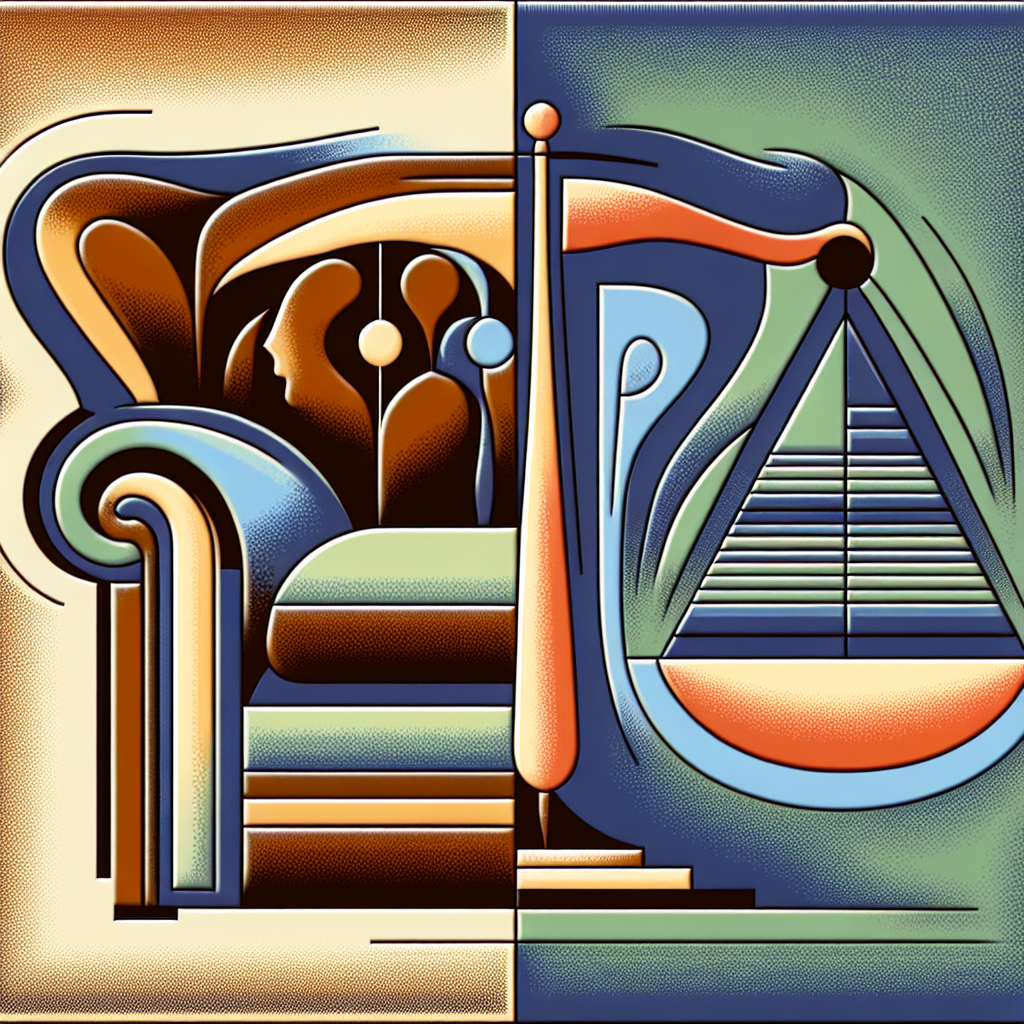Exploring the Intersection of Psychoanalytic Theory and Social Justice in Practice
Psychoanalytic theory and social justice may seem like two separate disciplines, but they have more in common than meets the eye. Both fields seek to understand and address the complexities of human behavior and society, and exploring the intersection of these two disciplines can lead to a deeper understanding of how individuals and communities can heal and thrive.
Psychoanalytic theory, developed by Sigmund Freud in the late 19th and early 20th centuries, focuses on understanding the unconscious mind and how it influences our thoughts, feelings, and behaviors. This theory emphasizes the importance of early childhood experiences, relationships, and unconscious conflicts in shaping our personalities and behavior. Social justice, on the other hand, is a concept rooted in the belief that all individuals deserve equal rights, opportunities, and treatment, regardless of their race, gender, socioeconomic status, or other characteristics.
When we bring these two disciplines together, we can see how societal inequalities and injustices can impact an individual’s mental health and well-being. For example, individuals who have experienced racism, sexism, or other forms of discrimination may internalize these negative messages, leading to feelings of low self-worth, shame, and anxiety. These experiences can manifest in a variety of ways, such as depression, addiction, or relationship difficulties.
By incorporating psychoanalytic principles into social justice practice, mental health professionals can help individuals explore and understand the underlying causes of their distress, and work towards healing and empowerment. This approach involves creating a safe and supportive therapeutic environment where clients can explore their unconscious conflicts, process their experiences of oppression, and develop healthier coping strategies.
Additionally, psychoanalytic theory can help us understand the systemic nature of social injustices and how they are perpetuated through cultural norms, institutions, and power dynamics. By examining these dynamics through a psychoanalytic lens, we can better understand how individuals are shaped by their social contexts and how they can resist and challenge oppressive systems.
In practice, this intersection of psychoanalytic theory and social justice can take many forms. Therapists may work with clients to identify and challenge internalized beliefs and attitudes that contribute to their distress, while also advocating for social change and equity in their communities. Mental health professionals may also collaborate with social justice organizations to address the mental health needs of marginalized communities and advocate for policies that promote social justice and equity.
Overall, exploring the intersection of psychoanalytic theory and social justice in practice can lead to a more holistic and nuanced understanding of human behavior and society. By integrating these two disciplines, mental health professionals can help individuals heal from past traumas, navigate current injustices, and work towards a more just and equitable world for all.


